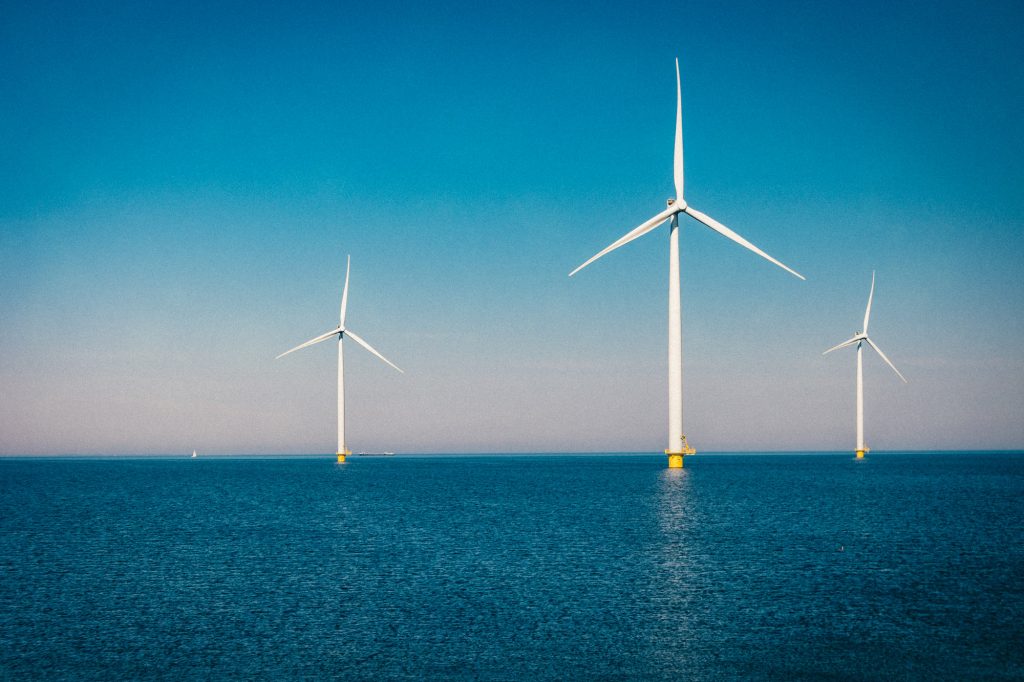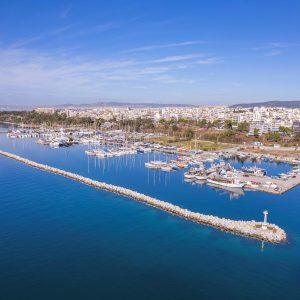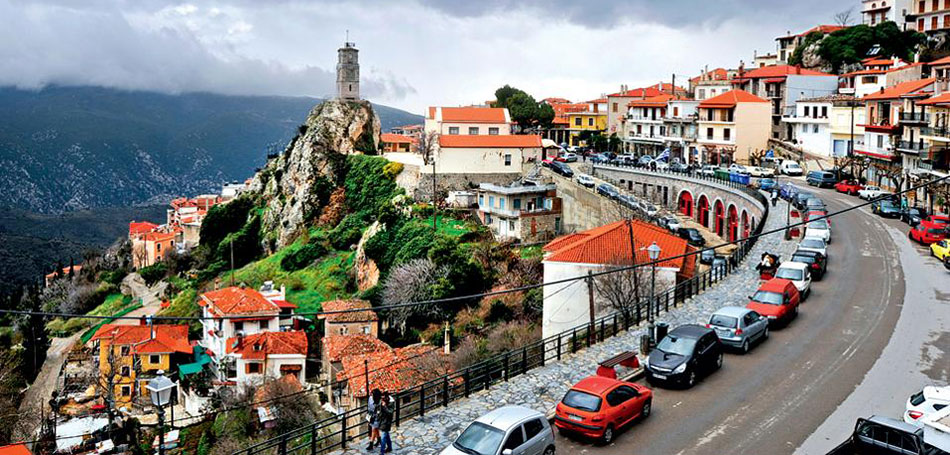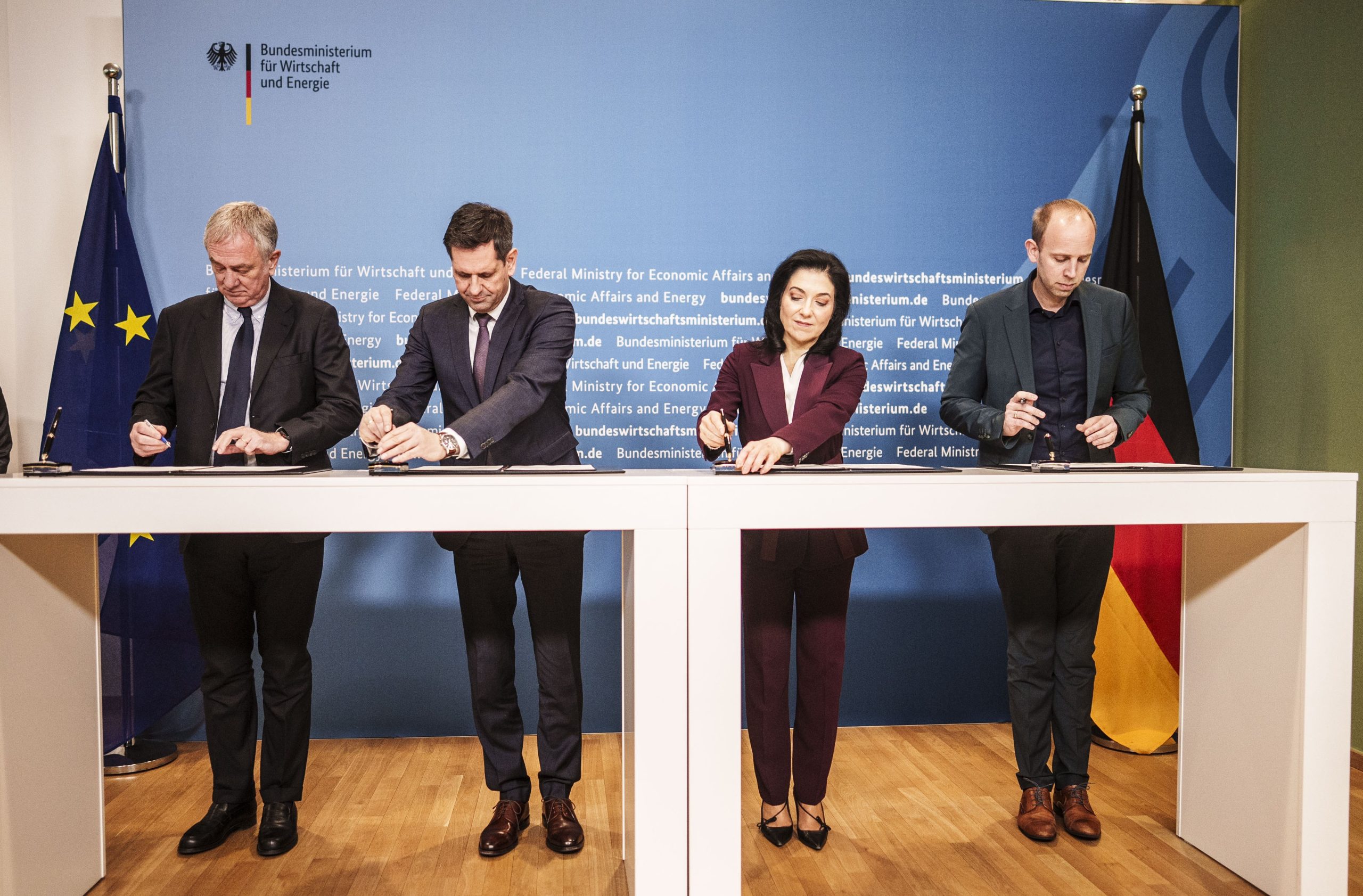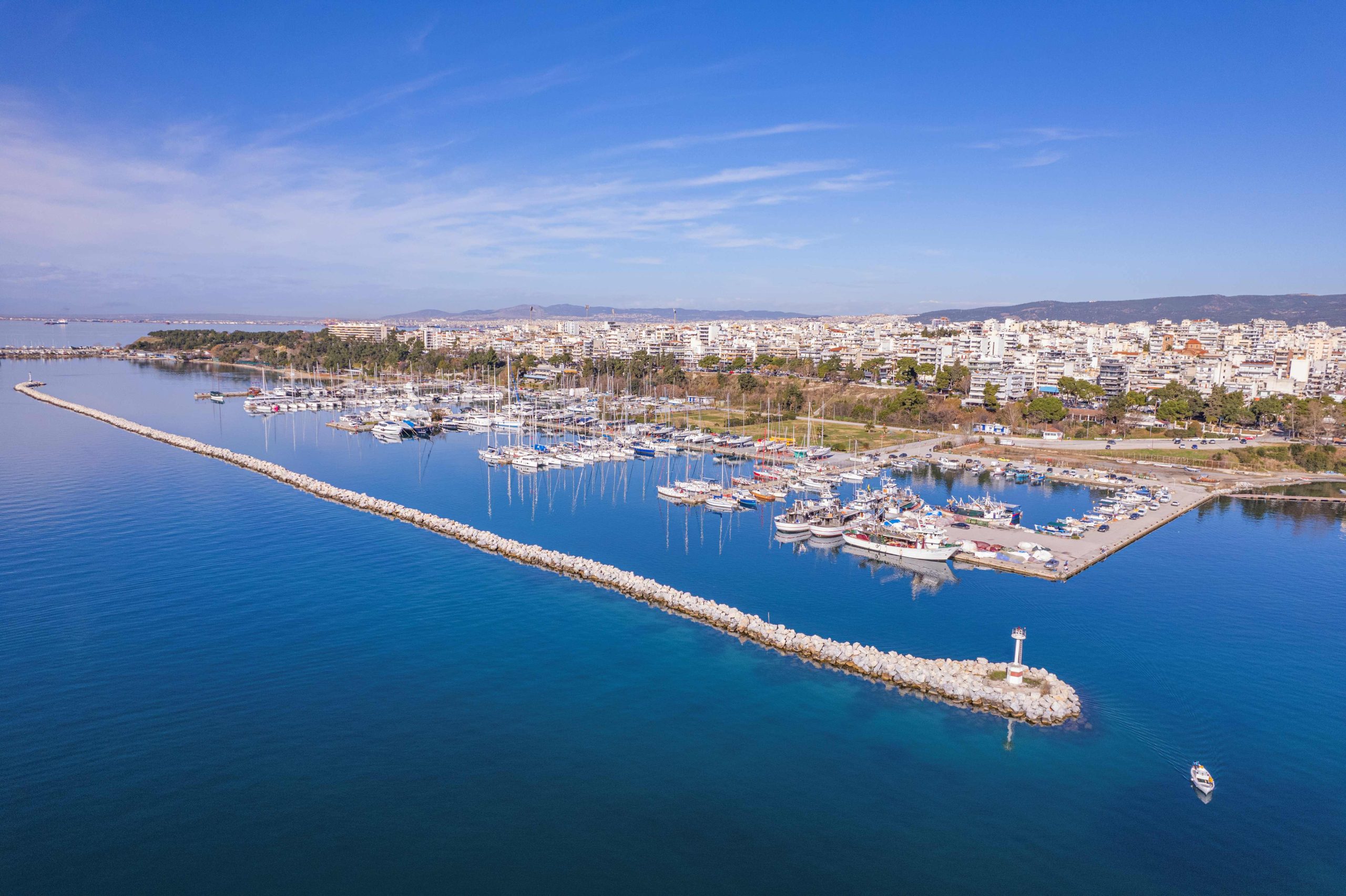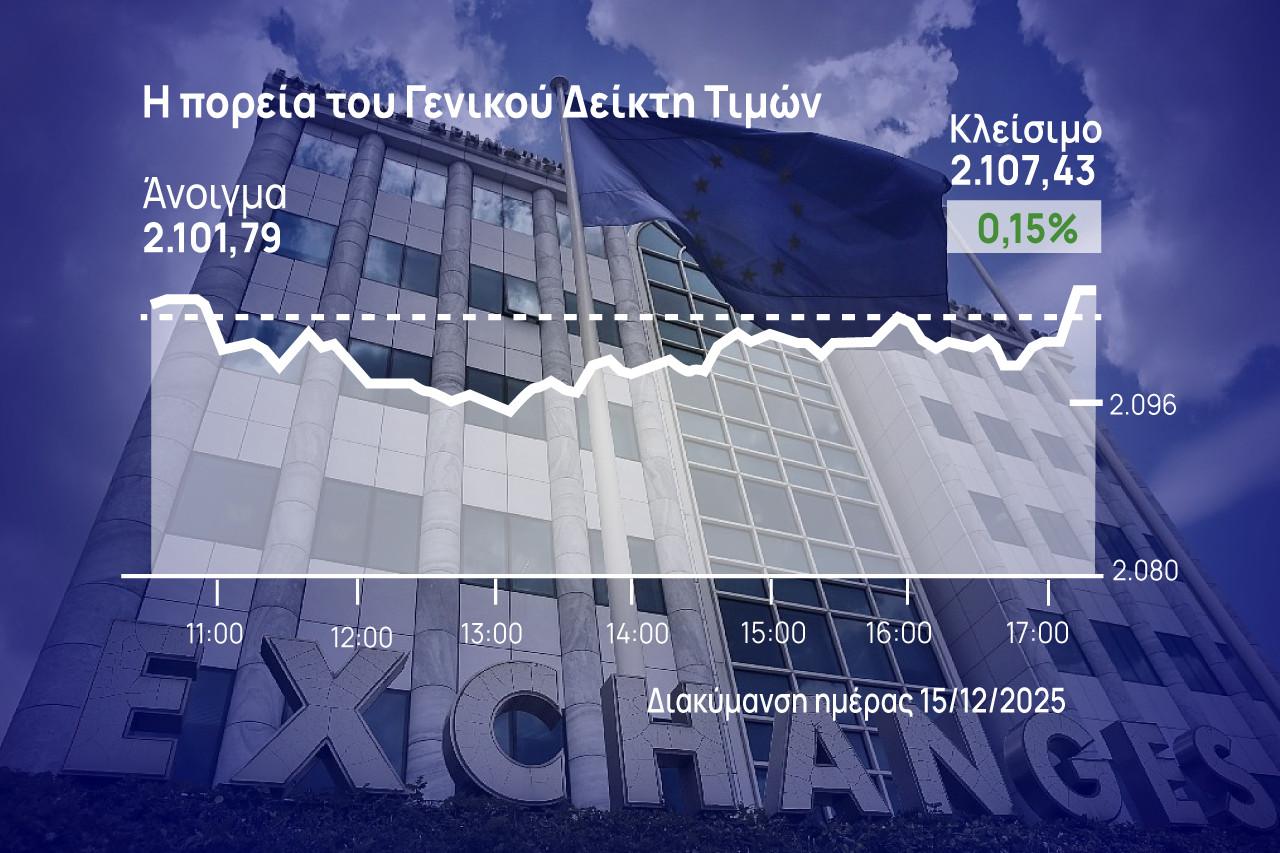Greece’s offshore wind rollout remains stalled, as a crucial Joint Ministerial Decision has been sitting at the Foreign Ministry since early this year. The delay has frozen billions in potential investment and left the country’s vast wind resources untapped, while Europe races ahead with major offshore projects.
Geopolitical dilemmas in the Aegean
For the past eight months, Athens has been weighing the geopolitical risks of developing offshore wind farms in the Aegean. The projects sit under the same shadow of uncertainty that hangs over other strategic ventures in Greek waters, from the Greece–Cyprus power interconnector to hydrocarbon exploration.
Meanwhile, Turkey is already preparing its first auction for offshore wind in early 2027, under a national plan that foresees 7 GW of capacity in the Sea of Marmara, the Black Sea and the Aegean by 2040.
In Greece, three years after the offshore wind law was passed, the Ministry of Foreign Affairs—despite having approved the National Offshore Wind Development Program—has yet to endorse the detailed map of sea plots to be included in the ministerial decision. These designated areas, all within six nautical miles, are expected to host the country’s first offshore wind investments.
According to Greece’s National Energy and Climate Plan, the target is set at around 2 GW of offshore capacity by 2030, attracting over 7 billion euros in investment over the next seven years. Transmission operator IPTO has already earmarked the necessary grid space for this capacity.
Industry estimates suggest that the Organized Offshore Wind Development Zones could host as much as 12.4 GW overall. The medium-term goal is to see Greece’s first offshore wind projects come online between 2030 and 2032, in one or more of the ten priority areas, which together carry a potential of 4.9 GW.
Europe races ahead
While Greece hesitates, Europe is surging ahead: the EU targets at least 300 GW of offshore wind in the coming decades—ten times today’s output—and up to 500 GW by 2050. Flagship projects are advancing from Denmark and Britain to France, Poland, Portugal, Spain and Italy.
The clock is ticking
According to WindEurope, the EU must double port capacity, strengthen supply chains, and speed up permits to scale offshore wind from 10 GW a year today to 15 GW after 2030. The bloc aims to boost capacity from 36.6 GW now to 84 GW by 2030.
Source: Tovima.com
